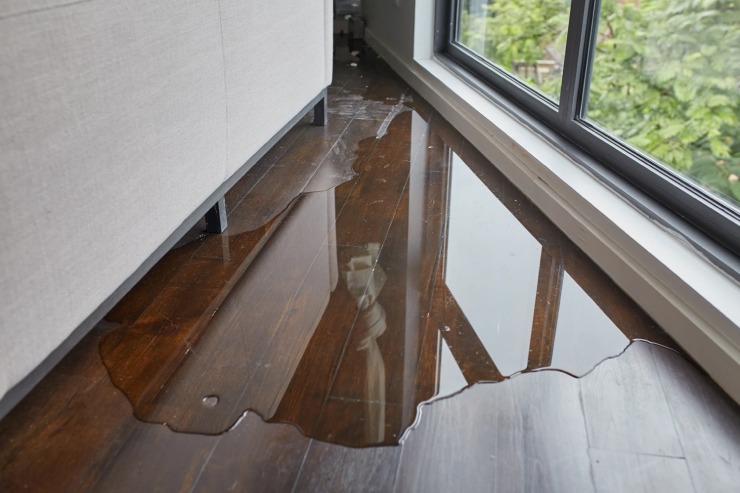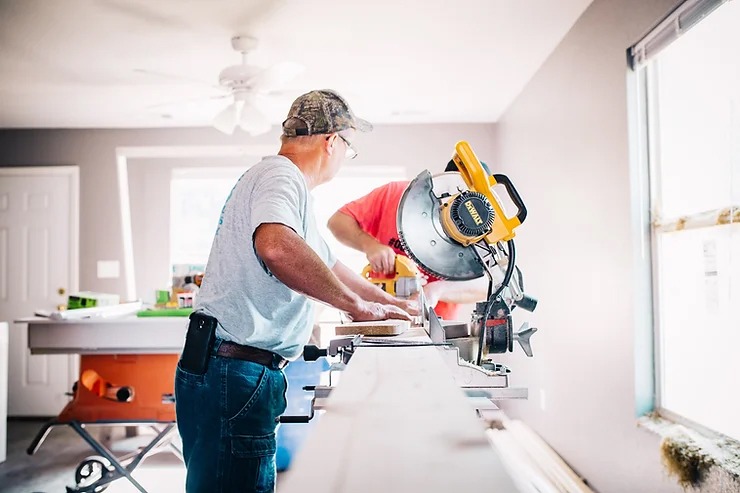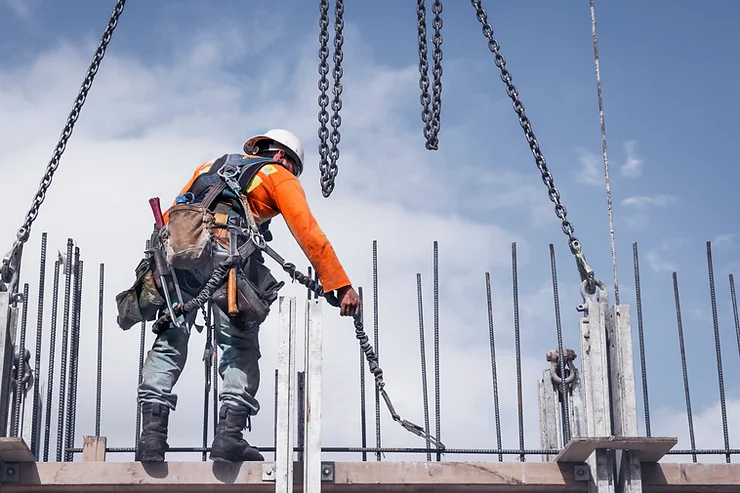If your house is damaged by rain storm and water has leaked inside, there is a good chance Mold will be forming within a few days.
Mold is a type of fungus that can grow in homes, and it can be especially dangerous after a rainstorm. Here are some reasons why mold is dangerous and what you can do to prevent it:
- Health risks: Mold can cause a variety of health problems, including allergies, asthma, and respiratory infections. It can also produce toxins that can be harmful to humans and pets.
- Damage to your home: In addition to the health risks, mold can also cause damage to your home. It can weaken structural elements and eat away at wood, drywall, and other building materials.
- How it forms: Mold thrives in damp, humid environments and can grow on any surface that is moist. After a rainstorm, it is important to dry out your home as soon as possible to prevent mold from growing.
- Prevention: To prevent mold from forming in your home after a rainstorm, follow these steps:
- Remove standing water as soon as possible.
- Dry out the affected area using fans and a dehumidifier.
- Clean and sanitize surfaces to prevent the growth of bacteria and mold.
- Fix any leaks or other sources of moisture in your home.
- Use a moisture meter to monitor humidity levels in your home.
- Safety first: Before you start any repairs, make sure that the area is safe to work in. If there are any exposed wires or standing water, shut off the power and call a professional to handle the issue.
- Assess the damage: Take a look around your home and make a list of all the damages that need to be repaired. This will help you prioritize your repairs and make a plan of action.
- Remove any standing water: If there is standing water in your home, it is important to remove it as soon as possible to prevent further damage. Use a wet/dry vac or mop up the water with towels.
- Dry out the affected area: Once you have removed the standing water, use fans and a dehumidifier to dry out the affected area. This will help to prevent mold and mildew from forming.
- Repair any structural damage: If there is any structural damage to your home, such as a leaky roof or broken windows, it is important to repair this damage as soon as possible. This will prevent further damaged home to you and ensure that it is safe to live in.
- Clean and sanitize: Once the affected area is dry, it is important to clean and sanitize to prevent the growth of mold and bacteria. Use a mixture of water and mild soap to wipe down surfaces and allow them to dry completely.
- Replace damaged items: If any of your belongings were damaged in the storm, you may need to replace them. This can include items such as furniture, appliances, and electronics.
- Protect your home in the future: To prevent future storm damage, consider taking steps to protect your home. This can include installing storm windows, sealing leaks, and trimming trees near your home.
By following these steps, you can effectively repair the damages caused by a rainstorm and protect your home from future storms.




